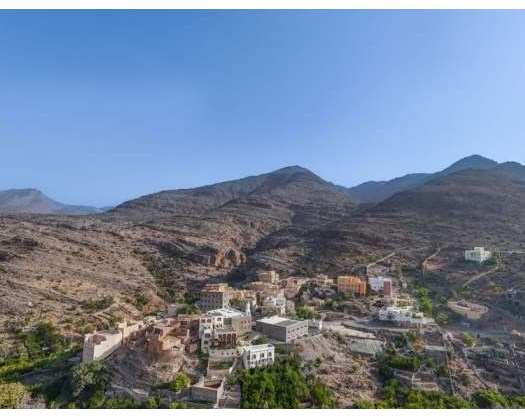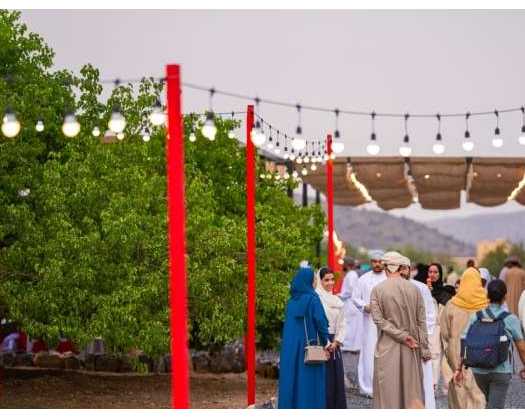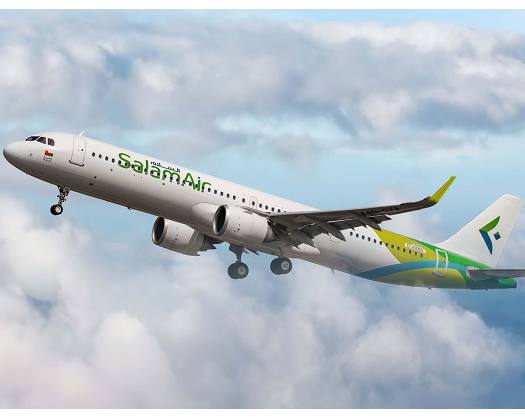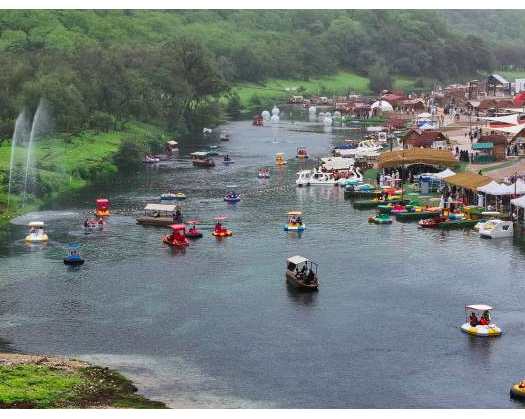Al Jabal Al Akhdar: Al Manakhir hamlet, located in the Al Jabal Al Akhdar region of A'Dakhiliyah Governorate, has grown into a top sustainable tourist destination, known for its stunning natural scenery and varied topography that draws nature lovers and tourists alike.
The village is surrounded by indigenous flora, including ancient trees such as wild olive (Al Utum), wild berries (Al Boot), and juniper (Juniperus Excelsa). Local people maintain traditional agricultural practices, growing pomegranates, peaches, apricots, olives, and walnuts in addition to livestock husbandry, which together make up the community's economic foundation.
Al Manakhir, located on the eastern side of Al Jabal Al Akhdar, has the distinction of being the first community in the region to greet the sunrise, as well as the major destination for visitors arriving via the Birkat Al Mouz Al Jabal Al Akhdar route.
Ahmed bin Hamad Al Nabhani, a municipal council member for Al Jabal Al Akhdar, emphasized the community's rich historical and cultural history: Al Manakhir has seven mosques, including the architecturally significant Al Bilad Mosque, which represents the village's religious identity. Notable monuments include the rebuilt Al Ghaba Tower, which was completed in 2010, and Mitrah Boukbeer, the region's biggest seasonal waterfall when wadi streams are present.
Al Nabhani informed Oman News Agency (ONA) that Al Manakhir is linked to various communities across the A'Dakhiliyah and South Al Batinah governorates via established routes such as Wadi Mistal in Nakhal, Wadi Halfin to Samail, Wadi Bani Kharus to Al Awabi, and Imti hamlet to Izki. These routes, which the Ministry of Heritage and Tourism has signposted with directional signs, have grown popular for hiking and climbing, allowing visitors to explore the area's historical sites.
Mahmoud bin Salim Al Toubi, a town resident, emphasized Al Manakhir's year-round agricultural appeal: The village has become a sustainable tourist destination thanks to its harvest seasons (roses, pomegranates, olives, grapes, peaches, and walnuts), which are complemented by agricultural trails that allow for adventurous exploration of mountainous scenery and historic sites."
He stated that the village's old irrigation networks are another highlight, with famous aflaj (ancient irrigation system or water channels) such as Al Manakhir Falaj, Ain Al Biban, Ain Al Rassa, Kour Al Madhaf, Wadi Al Rumana Dam, and Al Biban Dam supporting the agricultural landscape. These historic water management systems highlight Oman's hydraulic engineering from centuries ago while also complementing the community's agrotourism options.
Tourism authorities point out that Al Manakhir's mix of natural resources, cultural history, and sustainable agricultural methods qualifies it as a role model for community-based tourism development in Oman's mountainous areas. The settlement continues to draw an increasing number of local and foreign tourists looking for genuine cultural experiences in breathtaking mountain surroundings.













